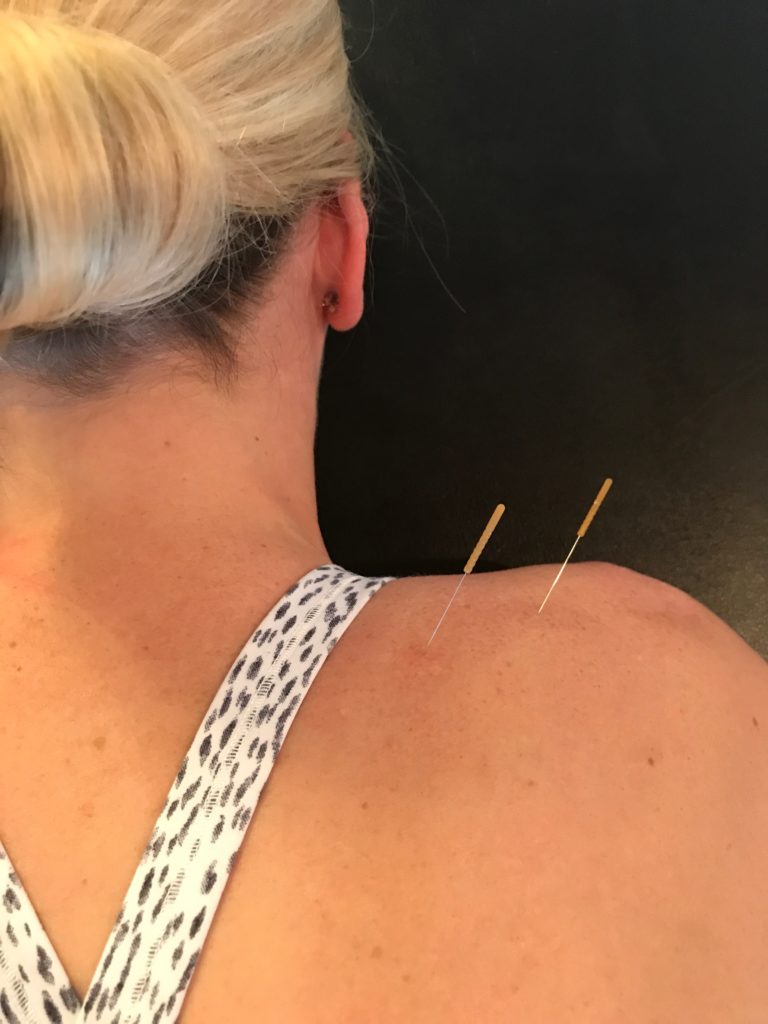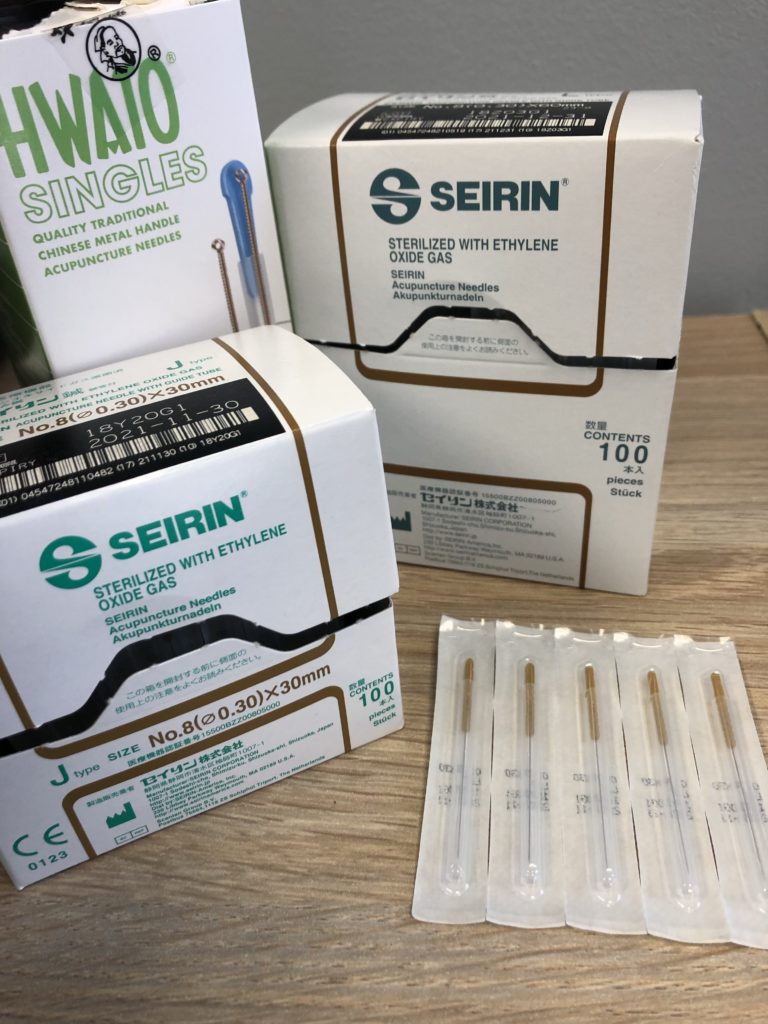Dry Needling Now Available!
Iron Butterfly is excited to now offer dry needling to clients alongside their Pilates practice. Whether it be for injury, or muscle relief, our newest physical therapist, Dr. Bridget Kelly, is trained in trigger point dry needling.

Dry needling is a technique used to treat dysfunctions of skeletal muscle, fascia, and connective tissue. It is used to decrease pain both locally and into referral sites, improve muscle function (ability to contract and relax appropriately), improve ability to move and function for daily activities, decrease muscular tension and improve myofascial flexibility.
It is a skilled intervention that uses a thin filiform needle to penetrate the skin and stimulate underlying myofascial trigger points that are causing pain and movement impairments.

While similar needles are used, dry needling is not acupuncture. Dry needling utilizes the anatomical landmarks of the body to locate and treat trigger points, compared to acupuncture, which uses principles based in Ancient Chinese Medicine practice of restoring Qi.
Providers who utilize dry needling as part of their practice have received extensive training for the appropriate technique and use of dry needling in conjunction with other manual therapy techniques. They are not licensed acupuncturists, but rather can perform dry needling based on their physical therapy scope of practice. Watch the video below to see an example of dry needling in action!
More about Dry Needling, Q&A with Dr. Kelly

How long does the needling session last?
Physical therapy sessions with dry needling are 60 minutes. This will allow us to perform a comprehensive assessment of the issue going on, perform the needling, and follow up with Pilates or any other needed exercises to supplement the results achieved with needling.
Why do you wear gloves?
To ensure safety and cleanliness during needling, the needles come in individual sterile packages, the therapist always wears gloves, and the skin surface is cleaned with rubbing alcohol prior to treatment.
What tools are being used in addition to the needles in a session?
Assessment tools, like a goniometer to measure range of motion, are used to establish what deficits need to be addressed. Other physical therapy modalities, like soft tissue mobilization/massage, joint mobilization, Pilates, and exercises will also be used as needed.
What’s the difference between acupuncture and dry needling?
Dry needling is not acupuncture. While acupuncture and dry needling use similar needles, the treatment approaches are different. Acupuncture is based on ancient Chinese medicine principles, while dry needling utilizes trigger points within the muscle to improve muscle function and decrease pain.
Will my muscles be sore after treatment? Will there be pain or soreness following treatment?
There may be soreness 24-48 hours after a needling session. It often is reported that it feels like that muscle got a good workout. During treatment, there may be a dull or achy feeling while the needle is inserted in to the muscle.
Is dry needling only for people who are injured?
While dry needling is great to help with recovery for an injury, you do not need to have an injury to benefit from dry needling. If you are experiencing a lot of muscle tightness or feel uneven between your left and right, then dry needling might be a good tool for you!
How do I sign up for a dry needling session?
Email info@ironbutterflypilates.com or give us a call at 704-287-3930 to schedule an appointment. Feel free to reach out directly to Dr. Bridget at bridget@ironbutterflypilates.com with any questions!
